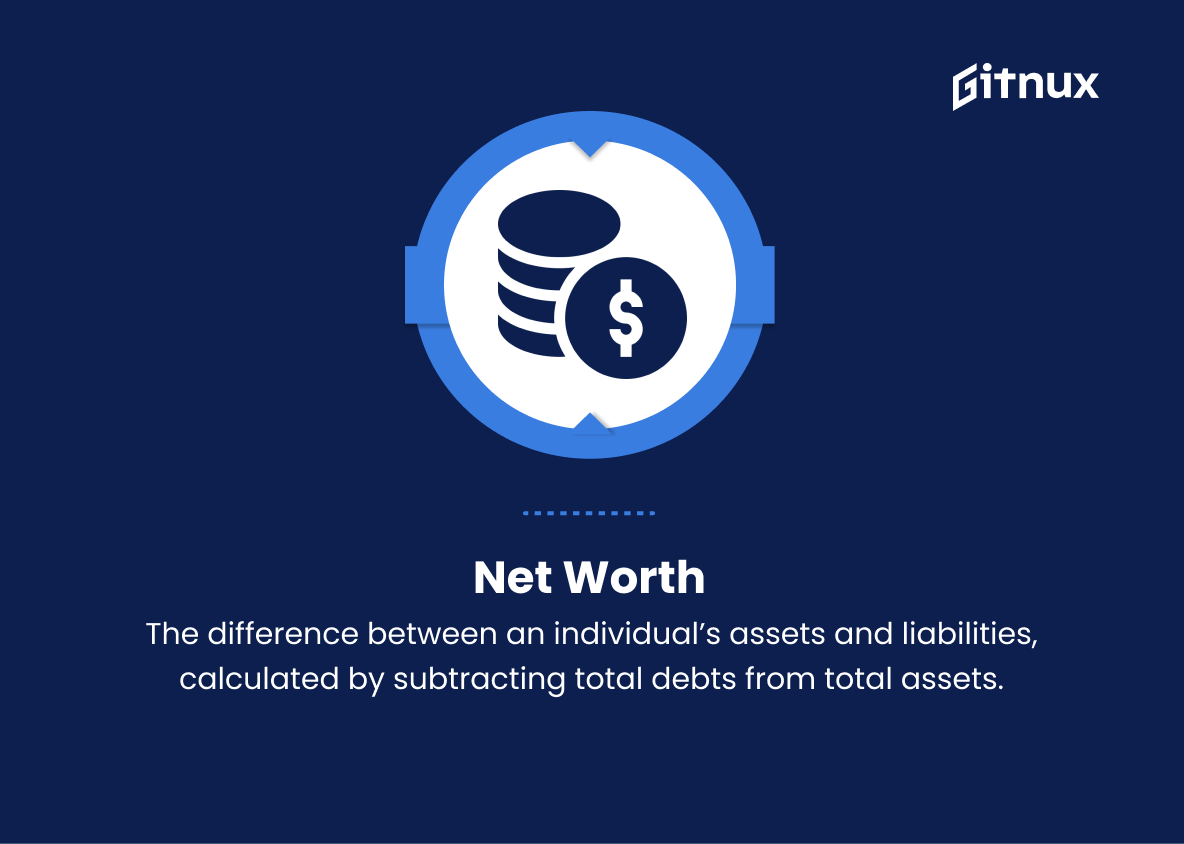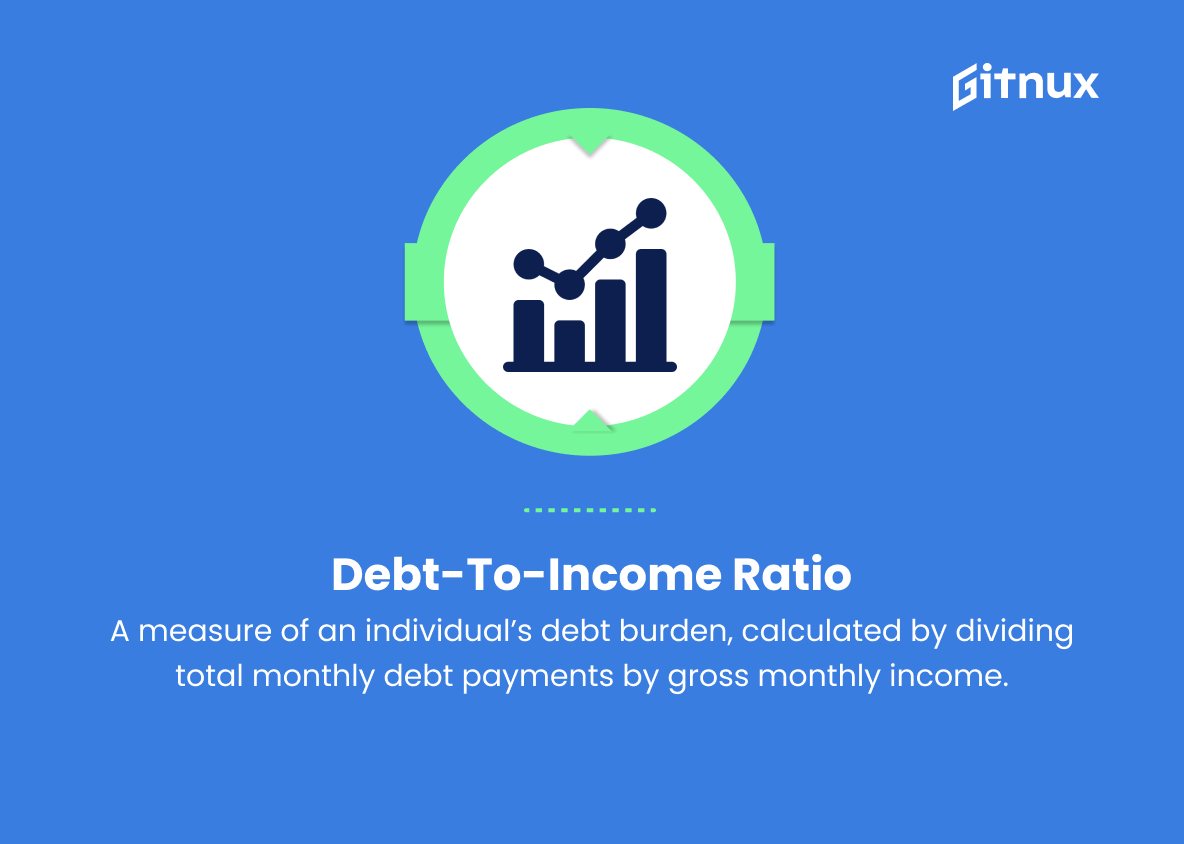In today’s rapidly changing economic landscape, understanding personal finance metrics is more important than ever. Mastering these crucial figures helps individuals take charge of their financial well-being and make informed decisions about their money.
In this eye-opening blog post, we will delve into the essential personal finance metrics one needs to know—exploring topics such as net worth, savings rate, debt-to-income ratio, and more. By the end of this post, you will be equipped with the knowledge to analyze your financial health, strategize for the future, and confidently navigate the complexities of your financial journey.
Personal Finance Metrics You Should Know
1. Net worth
The difference between an individual’s assets and liabilities, calculated by subtracting total debts from total assets. This metric indicates overall financial health and wealth.
2. Savings rate
The percentage of an individual’s income allocated for saving. A higher savings rate typically indicates better financial health and preparedness for future expenses or emergencies.
3. Debt-to-income ratio
A measure of an individual’s debt burden, calculated by dividing total monthly debt payments by gross monthly income. A lower ratio indicates that an individual has a manageable level of debt relative to their income.
4. Credit score
A number that represents an individual’s creditworthiness, based on their credit history and the likelihood of repaying debts. A higher credit score indicates better credit management and potentially lower borrowing costs.
5. Emergency fund
A cash reserve specifically set aside for unexpected expenses or emergencies. It is typically recommended to have 3-6 months of living expenses saved in an emergency fund.
6. Retirement savings rate
The percentage of an individual’s income allocated for retirement savings. This metric indicates preparedness for retirement and long-term financial security.
7. Investment returns
The financial gain from investing, typically measured as a percentage increase in the value of an investment over time. Higher investment returns can indicate a successful investment strategy and contribute to overall financial growth.
8. Expense ratio
The percentage of an individual’s income spent on living expenses, including housing, transportation, and utilities. A lower expense ratio generally indicates better financial management and the ability to save and invest more money.
9. Financial independence ratio
The ratio of an individual’s passive income (such as interest, dividends, and rental income) to their living expenses. A ratio of 1.0 or above indicates financial independence, meaning the individual’s passive income can fully cover their living expenses.
10. Liquid net worth
A measure of an individual’s easily accessible assets, such as cash and savings, minus any short-term liabilities. This metric indicates an individual’s financial flexibility and the ability to cover unexpected expenses without incurring debt.
11. Loan-to-value ratio (LTV)
The ratio of the outstanding balance of a loan to the market value of the asset securing the loan, such as a home or vehicle. A lower LTV generally indicates a lower risk for the lender and potentially lower borrowing costs for the borrower.
12. Debt payoff timeline
An estimate of the time it will take to pay off outstanding debts, assuming consistent payments and no additional borrowing. This metric helps individuals create a plan for becoming debt-free and better managing their finances.
Personal Finance Metrics Explained
Personal finance metrics are essential tools for assessing an individual’s financial health and making informed decisions about saving, investing, and managing debt. Among these metrics, net worth is a key indicator of overall wealth, as it takes into account both assets and liabilities. A higher savings rate and emergency fund indicate better financial preparedness, while a lower debt-to-income ratio and a higher credit score reflect responsible debt management. The retirement savings rate sheds light on an individual’s readiness for retirement, while investment returns evaluate the success of investment strategies.
The expense ratio and financial independence ratio provide insight into an individual’s financial management skills and the extent to which they rely on passive income. Liquid net worth measures financial flexibility, while the loan-to-value ratio highlights the risk for lenders and can influence borrowing costs. Lastly, the debt payoff timeline offers an actionable plan for individuals to achieve a debt-free life and better handle their finances. In essence, these metrics serve as valuable tools to ensure financial stability and long-term growth.
Conclusion
In conclusion, understanding and tracking personal finance metrics is a crucial aspect of effectively managing one’s financial health. By consistently monitoring things like savings rate, debt-to-income ratio, and net worth, individuals can maintain a better perspective on their financial progress and make informed decisions about their financial future.
It is vital to review these metrics regularly and adjust strategies as needed to ensure long-term financial success. By doing so, individuals can gain a level of control and confidence in their personal finance journey and ultimately achieve their financial goals.












